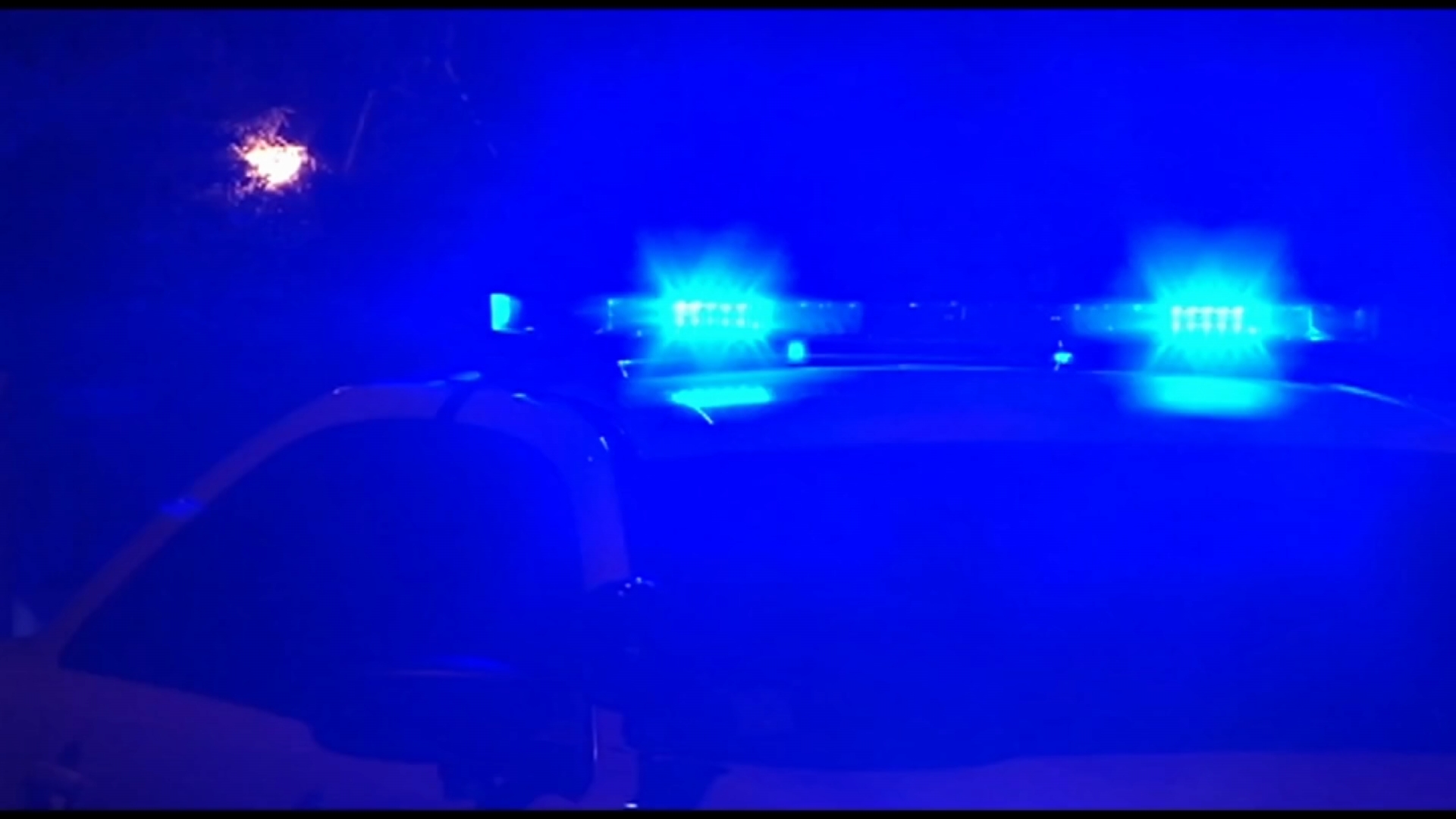If you have a $2 bill and you're wondering whether it is actually worth something more, there are some things to look for.
Some versions of the $2 bill are valued at nearly $5,000, according to value estimations from U.S. Currency Auctions.
Other versions could also be worth far more than their initial value.
Heritage Auctions sold a 2003 $2 bill for $2,400 in July 2022 — and that bill's value could now be significantly higher.
Feeling out of the loop? We'll catch you up on the Chicago news you need to know. Sign up for the weekly Chicago Catch-Up newsletter here.
Other versions of the bill, per the U.S. Currency Auctions, are also valued between $500 and $1,000.
But how can you tell if the $2 bill you've had in your wallet is one of the ones worth something more?
What to look for
Local
U.S. Currency Auctions said $2 bills from 1890 with a brown or red seal could sell for up to $4,500. But that's not all.
Various details like circulation, seal color and printing year all factor in to the bill's worth.
To check the full list of values and see if yours is worth more, click here
The history of the $2 bill
The $2 bill has been in circulation since 1862, with six different types created over the years, according to the Department of Treasury.
"For most of their history, $2 notes have been unpopular, being viewed as unlucky or simply awkward to use in cash exchanges," the Bureau of Engraving and Printing states.
In the 1860s, there were limits on how many $1 and $2 notes the banks could issue due to fears "that the widespread use of small-denomination notes caused inflation."
The BEP adds, however, that the fortune for the bill shifted when the U.S. entered World War II.
"In early 1942, the Treasury forbade the carrying of US currency across the Mexican-US border. The Treasury did this 'to prevent use being made of Mexico as a place in which Axis agents may dispose of dollar currency looted abroad,'" BEP's website states. "The only exceptions to this blockade were $2 notes and silver dollars as it was believed that there were not many of these items outside the United States. As a result, demand for $2 notes skyrocketed along the border."
Those designed before 1928 were larger in size and featured a number of different designs, but since 1928, the bills have included a standardized portrait of Thomas Jefferson on the face.
There are still some subtle differences, like those produced between 1928 and 1976 have a vignette of Jefferson's home on the back, which was later replaced in 1976 with a portrayal of the presentation of the Declaration of Independence.
What else should you know?
It's not just $2 bills that could be worth more now.
In fact, some of your loose change could be valued at much higher amounts.
Details on what you can watch for here.



